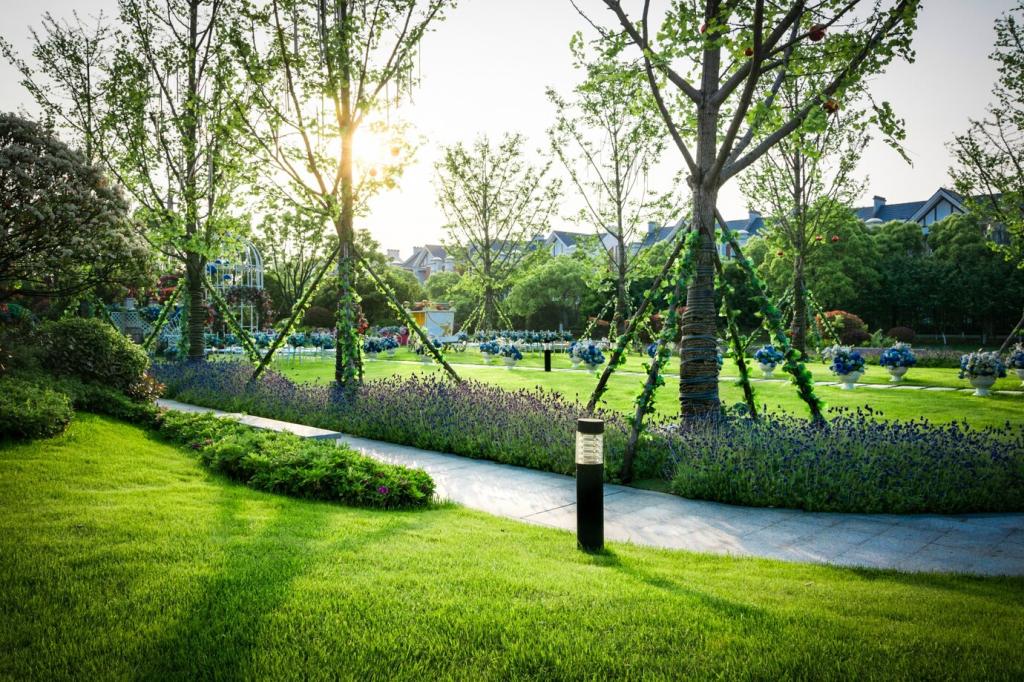
Biodiversity in Sustainable Landscape Planning
Today’s chosen theme is Biodiversity in Sustainable Landscape Planning. Welcome to a living, breathing approach to place-making, where every path, pond, and planting is designed to weave habitat back into daily life. Explore practical ideas, real stories, and science-backed strategies to grow wilder, healthier, more resilient landscapes together.
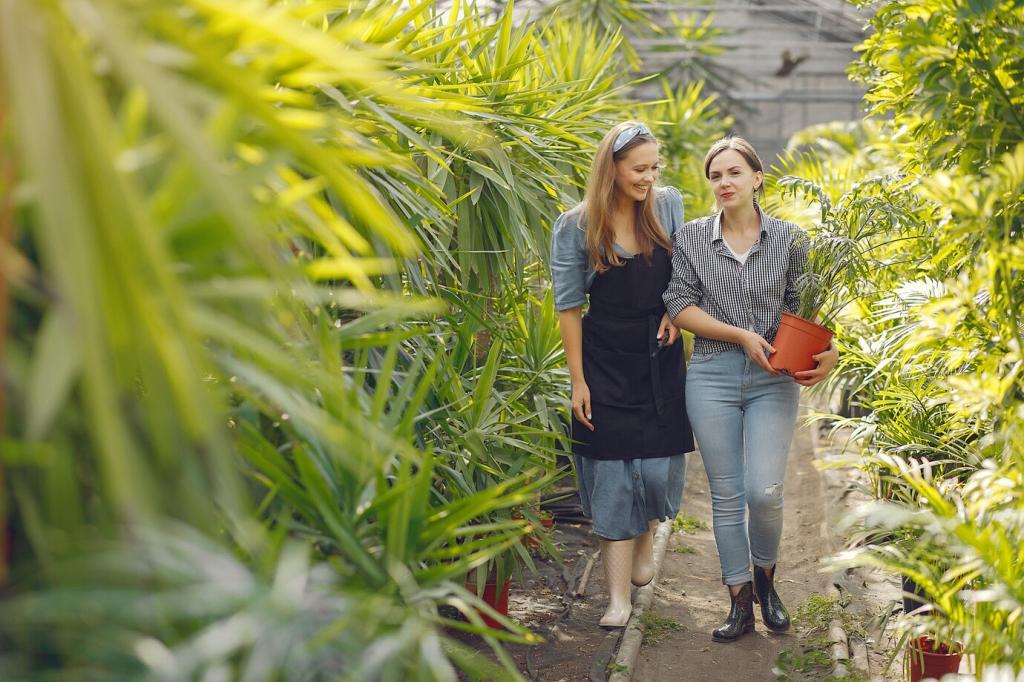

Foundations: Why Biodiversity Belongs at the Heart of Planning
Landscapes thrive when green spaces connect as corridors, not isolated islands. Linking parks, riparian edges, and private gardens allows wildlife to move, plants to disperse, and ecosystems to adapt. Tell us about the shortest wildlife pathway near you and how it might be extended.
Foundations: Why Biodiversity Belongs at the Heart of Planning
Biodiversity in Sustainable Landscape Planning works from planter box to watershed. Choices on a balcony can complement regional green belts, while municipal codes can unlock habitat at scale. Comment with one scale you can influence today—home, block, or city—and we will share targeted tips.
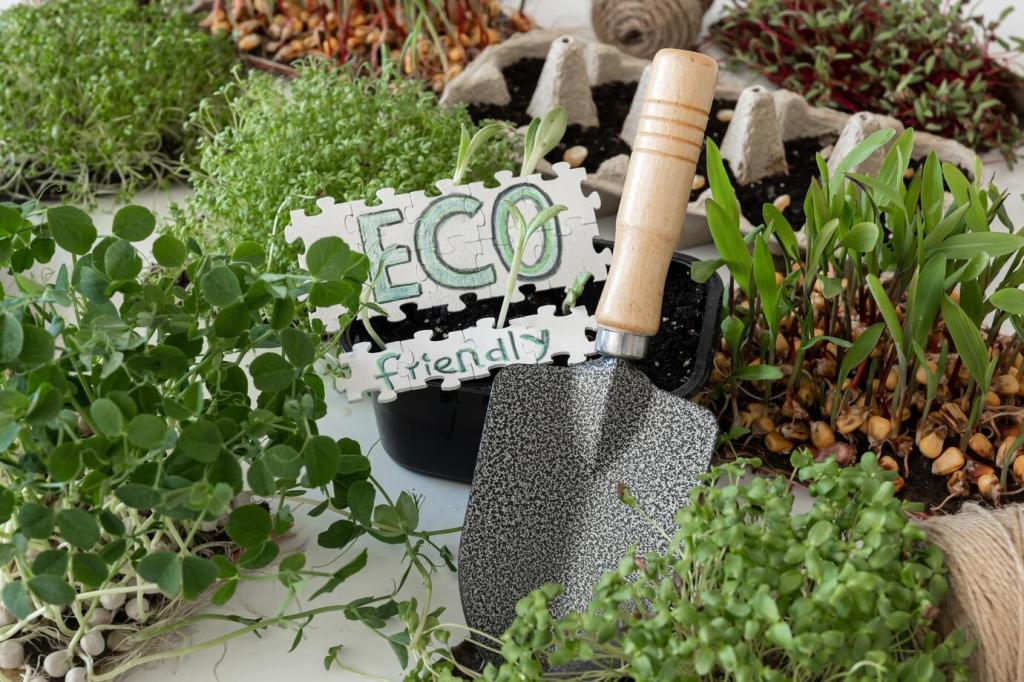
Selecting a resilient native palette
Start with keystone natives that support diverse insects and birds, then layer bloom times for continuous nectar. Avoid invasive lookalikes and be cautious with highly altered cultivars. Post your top three native plants in the comments—let us build a shared list that works in real yards.
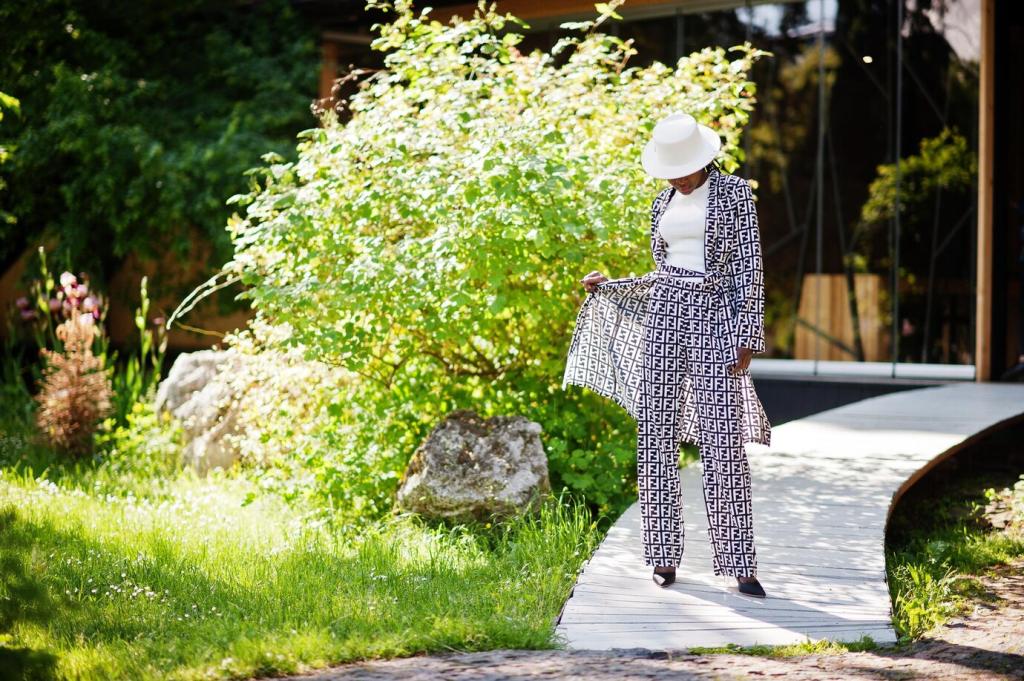
Corridors, stepping stones, and edges
Hedgerows, tree-lined streets, green roofs, and wild strips along fences can guide species between core habitats. Even small stepping-stone gardens reduce risky gaps. Sketch your property’s connections on a simple map and invite neighbors to fill the missing links with pocket habitat.
Soil, Water, and Microclimate: Engines of Living Systems
Build soil with compost, mulch, and living roots. Reduce compaction, feed mycorrhizae, and keep surfaces permeable. When soil breathes, plants grow stronger, insects return, and birds follow. Tell us one soil practice you already do, and we will recommend a complementary, low-effort upgrade.
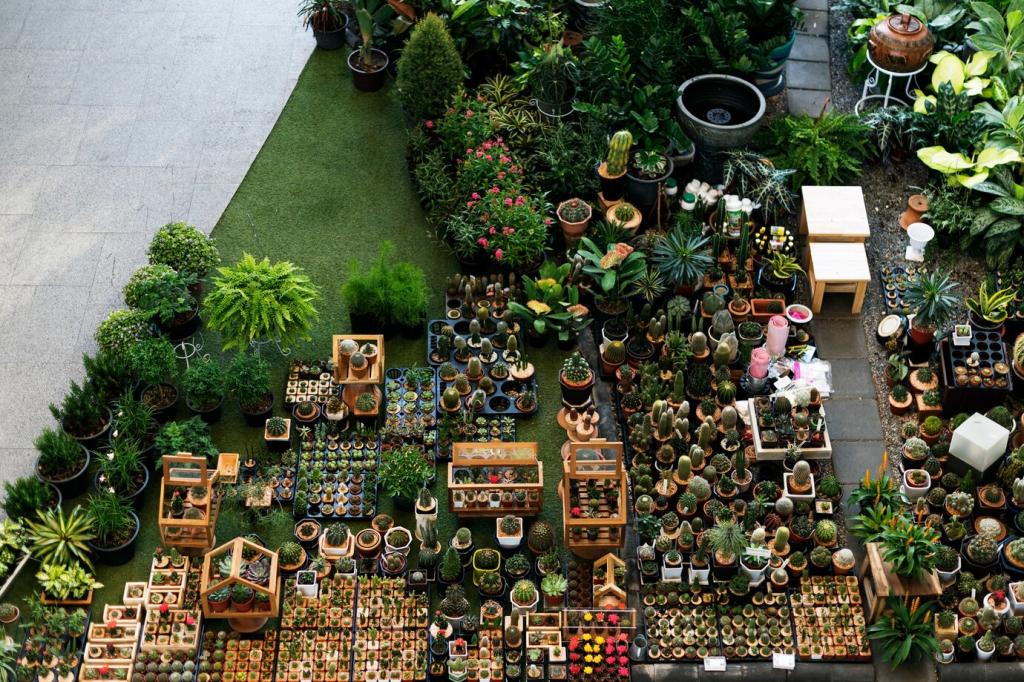
Urban Biodiversity: Pollinator Corridors and Pocket Habitats
Balconies, courtyards, and windowsills that matter
Containers with native perennials, a shallow water dish with stones, and pesticide-free care can turn a balcony into a pollinator station. Add a small bee hotel and varied bloom times. Share your smallest successful habitat hack and inspire someone living five stories up.
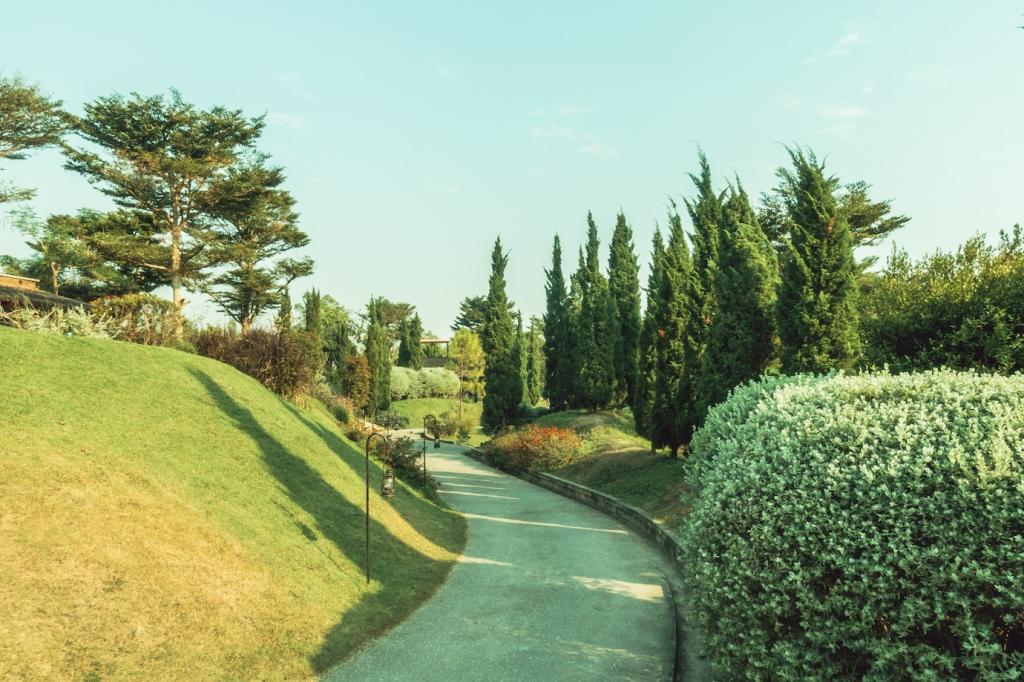
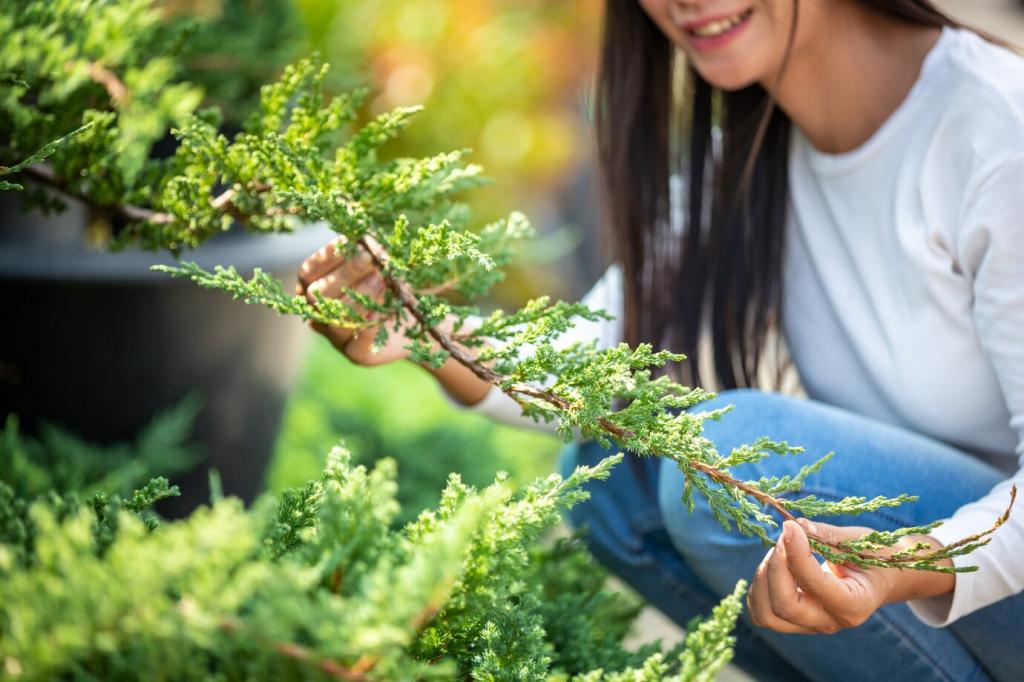
Streetscapes that feed and guide
Street trees with nectar-rich understories, longer mowing intervals, and diverse bloom calendars keep urban corridors alive. Clear signage builds pride and stewardship. Tag your city’s public works department when you post photos, and invite them to pilot a biodiversity-friendly block.
People Power: Co‑Design, Culture, and Citizen Science
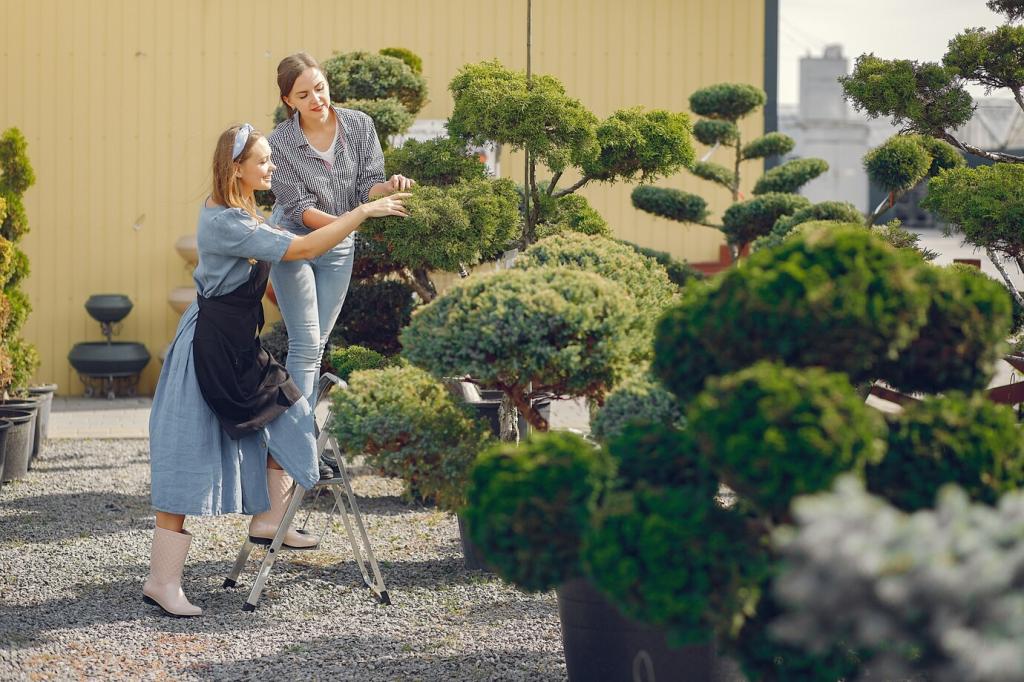
Host walkshops and story-mapping sessions to surface memories, species sightings, and priorities. When neighbors plant together, stewardship lasts. Tell us how your community makes decisions, and we will share a meeting agenda that moves from ideas to shovels in the ground.
Measure, Adapt, and Scale What Works
Choose indicators that matter
Track species richness, pollinator visitation, vegetation structure, and water infiltration. Start small with repeatable methods, then build rigor over time. Share your baseline and timeframe, and we will suggest a manageable monitoring routine you can actually sustain through seasons.
Adaptive management in action
Observe, learn, and tweak plant mixes, mowing cycles, and water features. Embrace dynamic mosaics, not static displays. Post one adjustment you will try this month, and we will highlight case studies showing how small changes yielded big ecological gains.
Scaling through policy and partnerships
Leverage native plant requirements, incentives for depaving, and biodiversity-friendly procurement to expand impact. Partner with schools, housing providers, and businesses. Tell us one ally you could recruit, and we will share a pitch outline tailored to their mission and constraints.
